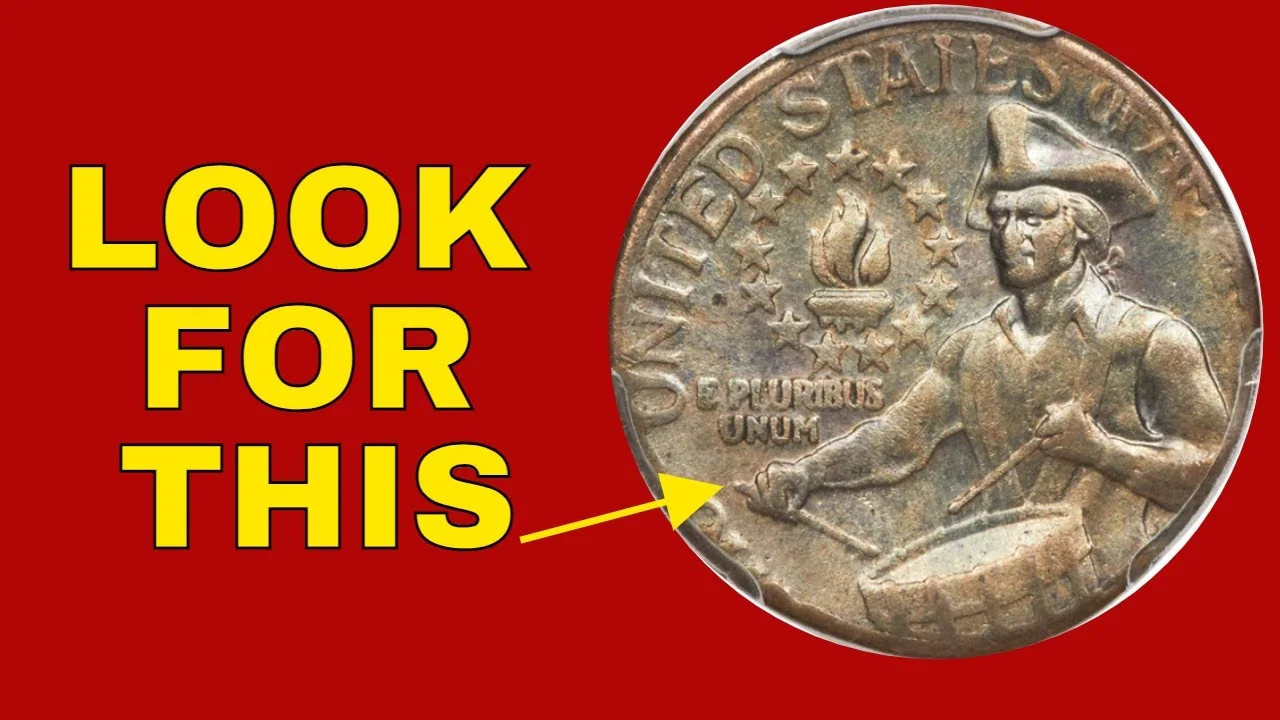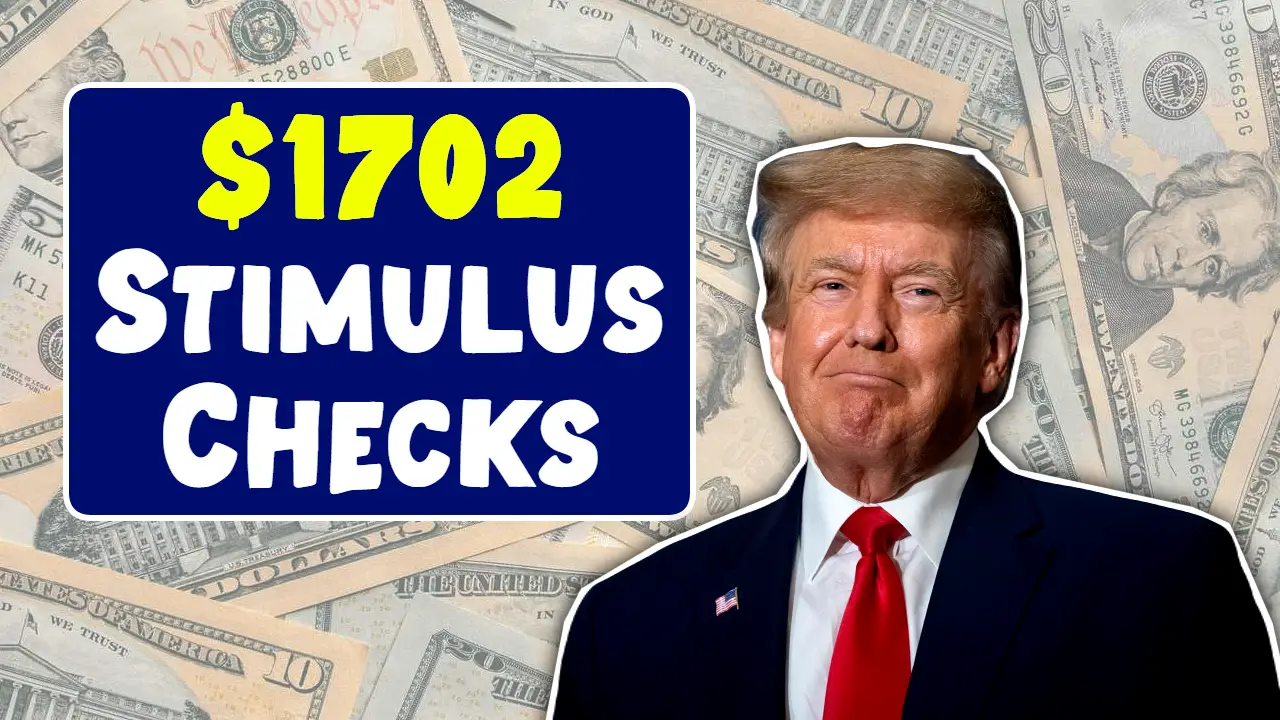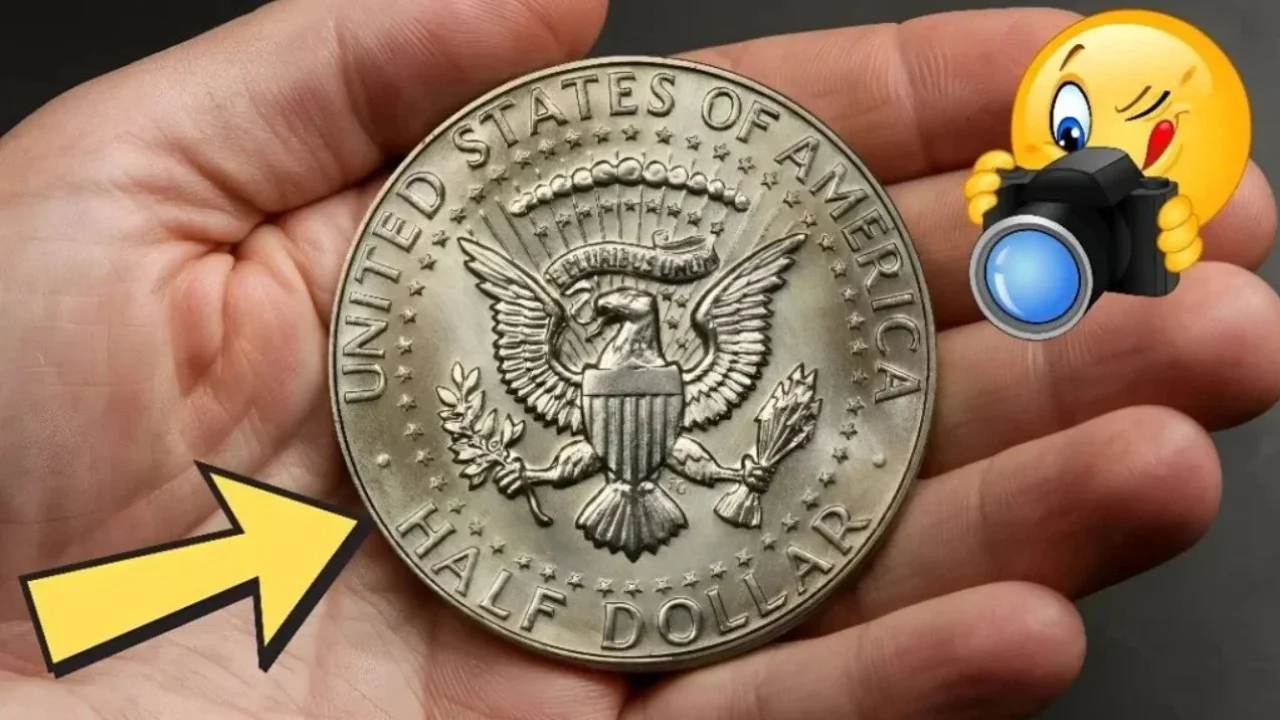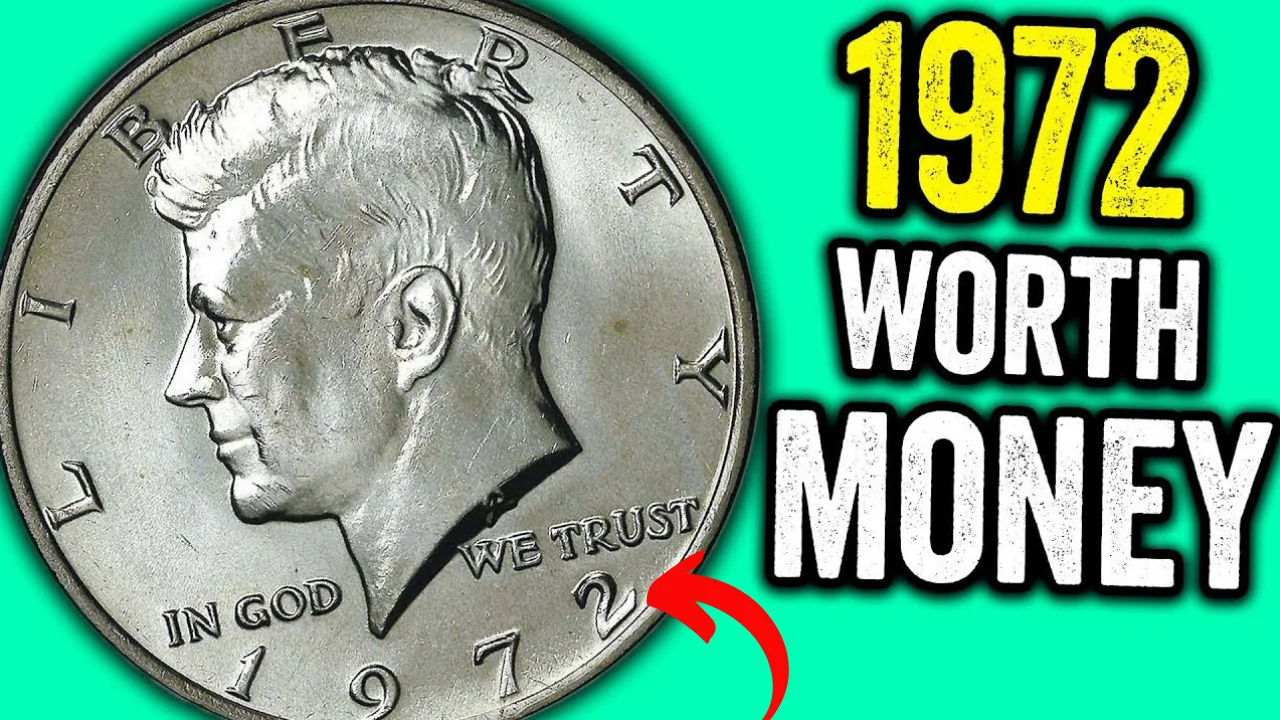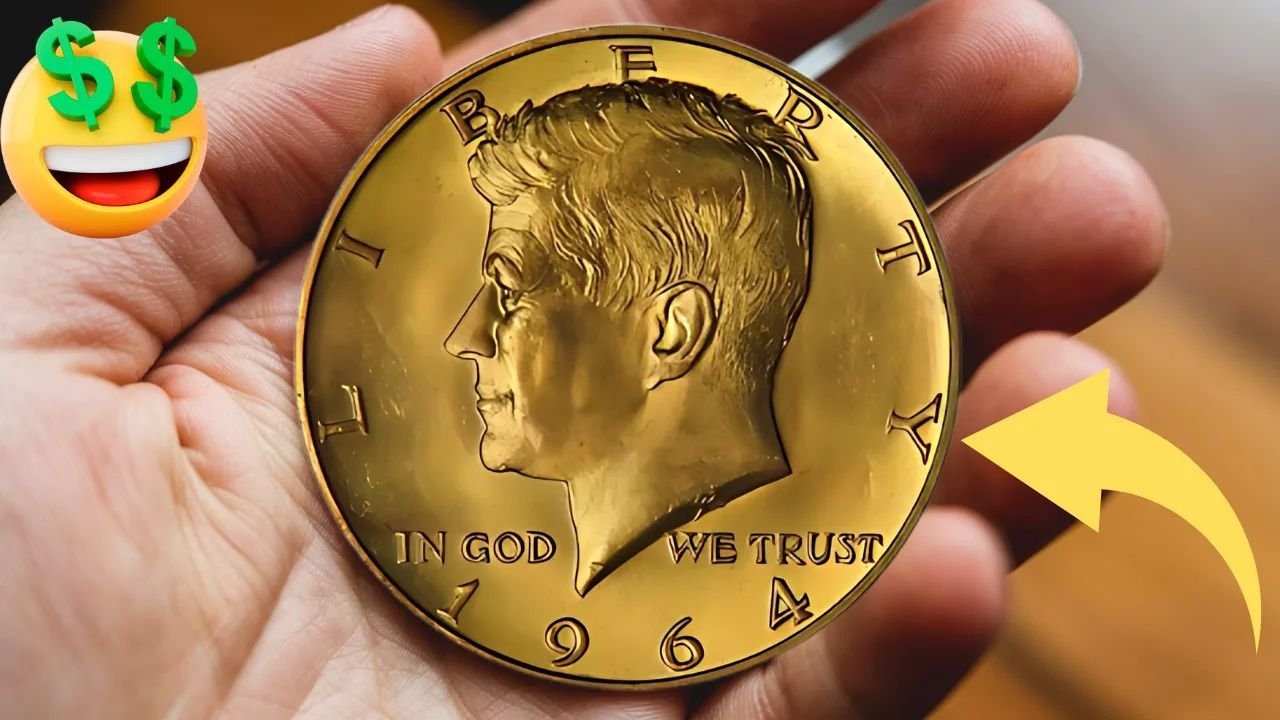The Rare Bicentennial Quarter Valued at $2.5 Billion, Still in Circulation
It may sound unbelievable, but one rare Bicentennial Quarter has stunned collectors and historians by being valued at an estimated $2.5 billion. Even more surprising is that this extraordinary coin is still possibly in circulation. That means someone could be walking around with it in their pocket without even knowing its worth. This story has grabbed attention not only among coin collectors but also among everyday people curious about hidden treasures in their change jars.
So, what’s the big deal about this coin? Let’s take a closer look.
What is the Bicentennial Quarter?
The Bicentennial Quarter is a special edition of the U.S. quarter-dollar coin that was minted in 1975 and 1976 to celebrate 200 years of American independence. Instead of the regular eagle design on the back, these coins feature a unique drummer boy image with a torch surrounded by 13 stars, representing the original colonies.
Millions of these coins were produced, so they are not necessarily rare. In fact, many of us have seen or used them. However, one particular Bicentennial Quarter became rare due to an unusual error and material used during minting, which makes it different from the rest.
Why Is One Bicentennial Quarter Worth $2.5 Billion?
Most Bicentennial Quarters are worth only 25 cents, or maybe a little more to collectors. But one specific coin has made headlines because of its extremely rare characteristics. It’s believed to be a prototype or minting error that never should have made it into circulation.
Here’s what makes it so special:
-
It was struck on a silver-copper alloy planchet instead of the normal copper-nickel combination.
-
It features a double die error, meaning the design is printed twice slightly off, creating a shadow-like effect.
-
The coin is in perfect condition (Mint State 70) with no scratches or signs of wear.
-
It may have been a presentation coin, meant for internal mint use only.
Because of these unique traits, rare coin collectors and experts have valued this specific quarter at around $2.5 billion.
Overview Table
| Feature | Details |
|---|---|
| Coin Name | Bicentennial Quarter |
| Year of Mint | 1975–1976 |
| Unique Design | Drummer boy with torch and 13 stars |
| Material (Rare Version) | Silver-Copper Alloy |
| Known Error | Double Die Strike |
| Estimated Value (Rare Coin) | $2.5 Billion |
| Coin Condition | Mint State 70 (Perfect Condition) |
| Circulation Status | Still Possibly in Circulation |
| Regular Bicentennial Quarter Value | 25 cents to $5 depending on condition |
| Identifying Mark | Error details + silver shine + weight difference |
How Did It Go Undetected?
It’s quite possible the rare quarter got mixed up with regular coins at the mint and was released unknowingly. Since millions of Bicentennial Quarters were distributed during the 1970s, a single error coin could have easily slipped through unnoticed.
The U.S. Mint has acknowledged that a few experimental strikes were made during this time, which were not meant for public use. If this rare quarter is one of them, it makes the story even more fascinating.
How to Identify the Rare Bicentennial Quarter
You might be wondering if the coin sitting in your drawer is the $2.5 billion one. While the chances are very slim, it’s not entirely impossible.
Here are a few signs to check:
-
Unusual Shine: If your quarter looks shinier and more silver than usual, it may have been struck on a different metal.
-
Weight Difference: A silver-copper planchet weighs slightly more than a regular copper-nickel one.
-
Double Die Error: Use a magnifying glass to look for a doubled image, especially around the date or the words.
-
No Scratches or Wear: The valuable coin is in perfect condition.
-
Special Mint Marks: Some rare coins have different mint marks like “S” for San Francisco or no mint mark at all.
If your coin has any of these characteristics, it might be worth taking it to a certified coin appraiser.
Why Are Coins Like These So Valuable?
Coins with errors or unique stories are valuable because they are rare. Collectors look for coins that:
-
Were produced in very small numbers
-
Contain design or metal errors
-
Are in excellent condition
-
Are connected to important historical events
The $2.5 billion Bicentennial Quarter has all of these traits, making it one-of-a-kind.
Also, coin collecting isn’t just a hobby anymore. It has become a form of investment. Rare coins like this one can fetch prices higher than gold or diamonds.
The Impact on Collectors and the Public
After news of this coin spread, people all over the world started checking their pockets, piggy banks, and coin jars. Coin shops and antique dealers saw a rise in foot traffic, and online forums were flooded with pictures of quarters people hoped were the rare one.
Even if you don’t find the $2.5 billion coin, searching for old coins can still be rewarding. Many old coins are worth more than face value, especially if they’re in good condition.
FAQs
Q1: How can I know if I have the $2.5 billion Bicentennial Quarter?
A1: You’ll need to check for the special features like the double die error, unusual shine, and weight. It’s best to have it checked by a professional coin dealer.
Q2: Are Bicentennial Quarters generally rare?
A2: No, most Bicentennial Quarters are very common and were produced in large numbers. Only rare error coins are worth a lot.
Q3: Where can I sell a rare coin if I find one?
A3: You can approach coin appraisal services, visit a certified coin dealer, or contact auction houses that specialize in rare collectibles.
Q4: Can the regular Bicentennial Quarter be worth anything?
A4: Yes, if it is in mint condition or has small errors, it could be worth $1 to $5 to collectors.
Q5: Is it legal to own a $2.5 billion coin?
A5: Yes, if you legally possess the coin and it was released into circulation by mistake, you have full ownership rights.
Final Thoughts
The story of the rare Bicentennial Quarter valued at $2.5 billion is a reminder that even something as small and ordinary as a coin can hide a massive surprise. While the chance of finding the actual coin is very low, the idea that it may still be in circulation is exciting.
It encourages people to take a second look at their loose change. Who knows? You might be holding a once-in-a-lifetime treasure right in your hands.
